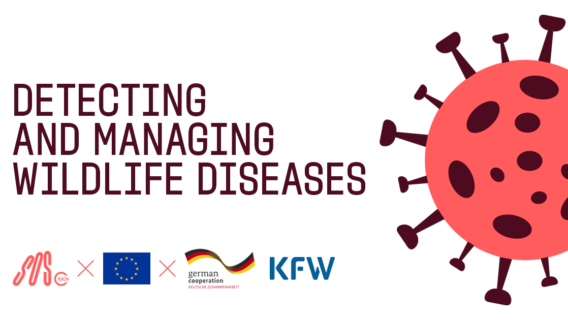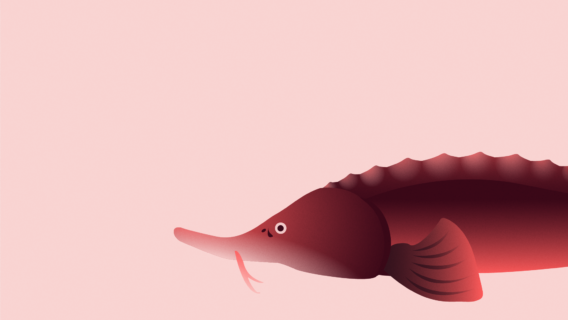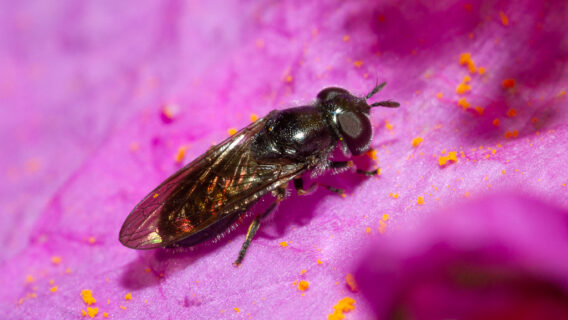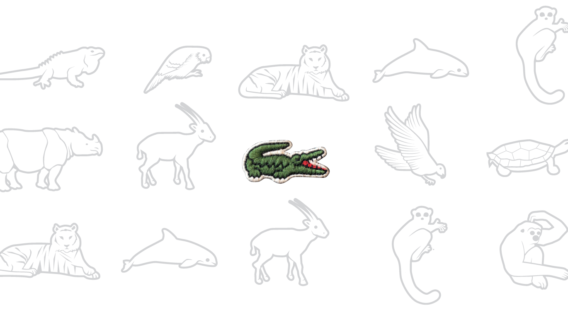
Reintroduction of lowland tapirs in the Atlantic Forest
Project description
The expansion of socio-economic activities has been a major driver of environmental change, species loss, and global climate change. Even within protected areas, many animal species are now locally extinct, impeding the full restoration and proper functioning of ecosystems. Rewilding offers one of the most proactive environmental strategies by aiming to restore natural habitats and trophic interactions through the reintroduction of locally extinct fauna. These reintroductions also serve as a nature-based solution, helping to improve forest quality and enhance carbon capture and storage by vegetation.
Threats

Climate change

Human-wildlife conflict

Reduced genetic diversity
Refauna initiated the reintroduction of lowland tapirs into the Atlantic Forest of Rio de Janeiro in 2017. Today, 20 tapirs roam the park and surrounding areas, spanning more than 4,000 hectares. To strengthen the success of this rewilding effort, the project is engaging local residents in the reintroduction process and plans to release two additional tapirs.
Project objectives
The overall objective of this project is to enhance the long-term persistence of the only lowland tapir population in the state of Rio de Janeiro by increasing both its population size and its extent of occurrence.
Project activities
- Monitor the already released individuals, currently totalling 20 tapirs, to assess their health, behaviour, movement patterns, and habitat use.
- Release one additional tapir pair, increasing the population size by 10% and expanding the extent of occurrence by 25%.
- Promote environmental education and social engagement activities to foster human–wildlife coexistence and strengthen local support for the reintroduction programme.
This project is implemented by Refauna, Brazil




